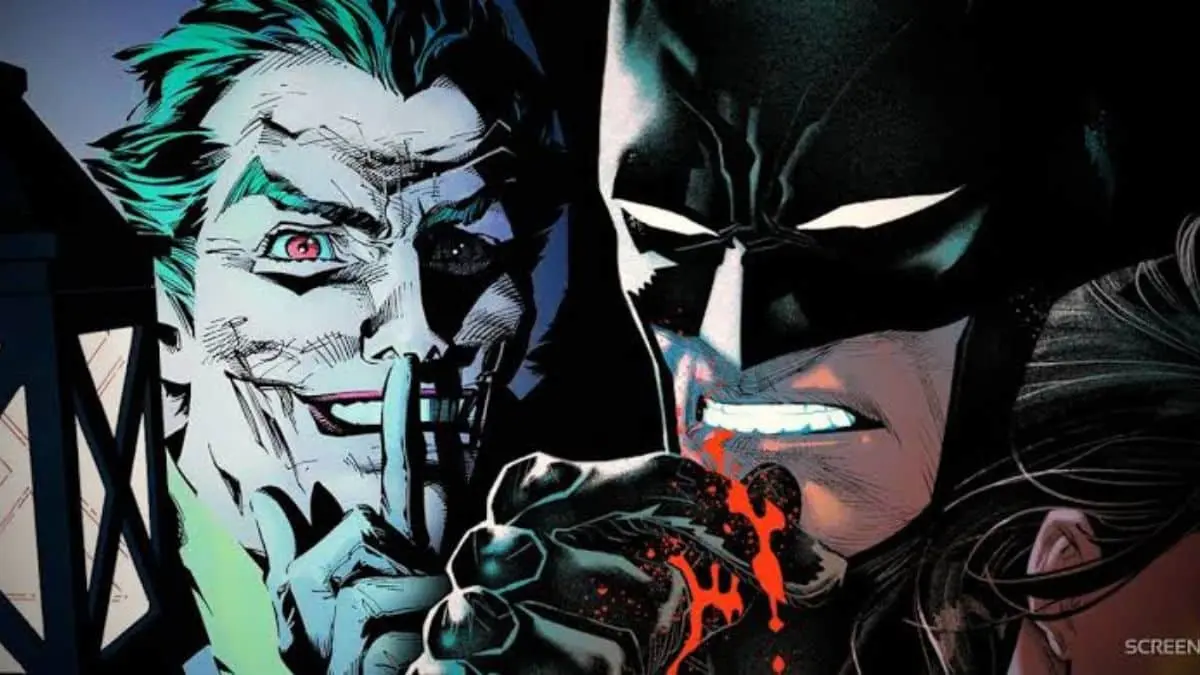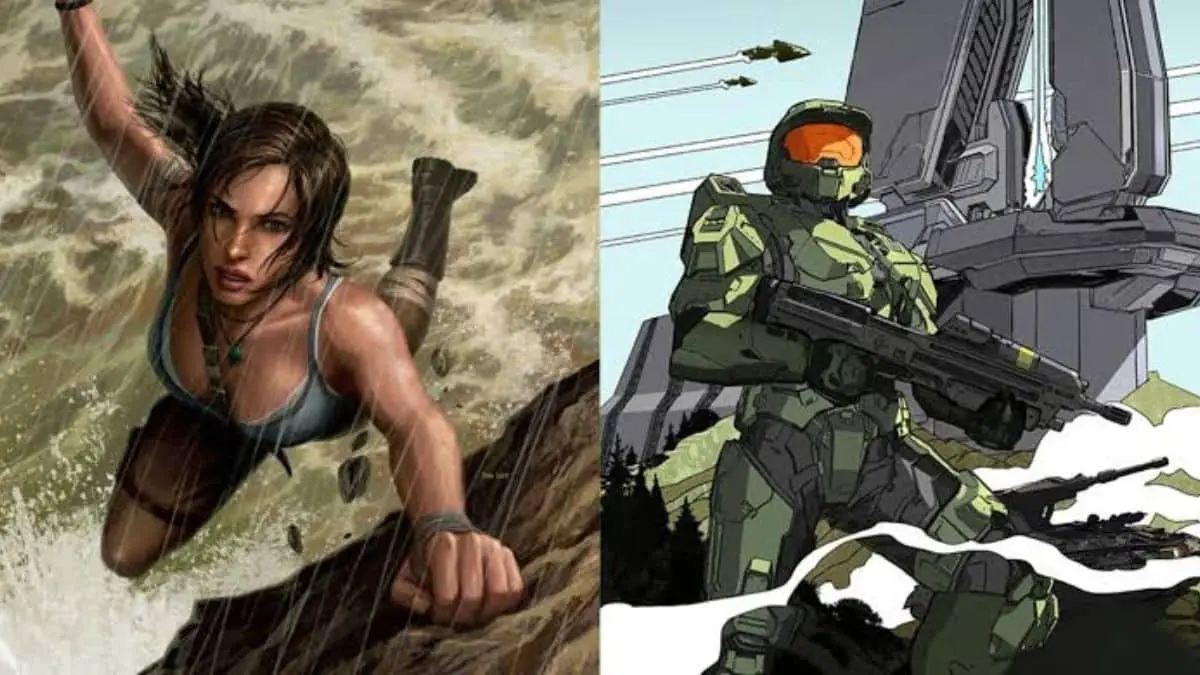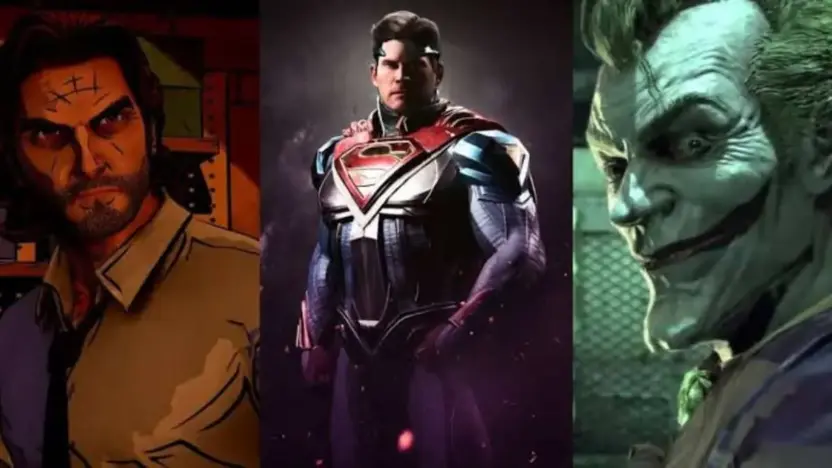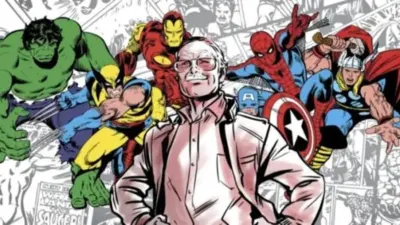For decades, comic book characters have been an integral part of pop culture, capturing imaginations with their larger-than-life personas, thrilling storylines, and moral dilemmas. But as the gaming industry has evolved into a creative powerhouse, video games have taken these characters to new heights. By embracing interactivity, modern storytelling, and cutting-edge technology, video games have reimagined comic characters in ways that comics and films sometimes can’t. Let’s dive into How Video Games Have Reimagined Comic Characters?
1. Bringing Depth to Iconic Characters
In comics, characters like Spider-Man or Batman often juggle complex lives, but due to limited page space, certain nuances of their personalities can get lost. Video games, however, have the advantage of time. A single game can span 20+ hours, offering deeper explorations of the hero’s psychology and relationships.
Take Marvel’s Spider-Man by Insomniac Games, for instance. While the comics often switch between Peter Parker’s personal struggles and Spider-Man’s heroic duties, the game seamlessly integrates both. You’re not just swinging through the streets of New York but also managing Peter’s relationships with Aunt May, Mary Jane, and even his villainous mentor, Dr. Octavius. These interactions make Peter feel like a real, flawed human being—something you can’t always capture in a 20-page comic issue.
Similarly, Batman: Arkham Asylum dives into Bruce Wayne’s psyche as he faces off against his most iconic foes. The game explores his relentless obsession with justice and his inner demons, giving players an opportunity to experience the weight of his decisions firsthand.
2. Immersion Through Gameplay Mechanics
Video games allow players to step into the shoes of comic characters, turning passive admiration into active participation. Developers use gameplay mechanics to make you feel like the hero.
Consider X-Men Origins: Wolverine. While the movie version of Wolverine toned down the violence for a PG-13 audience, the game embraced his feral nature. With brutal combat mechanics and regenerative health, players truly felt the raw power and savagery of Logan in ways that were absent in the film or even the comics.
Similarly, Injustice: Gods Among Us puts players in the shoes of DC superheroes and villains while also flipping the traditional hero narrative. Superman, often a symbol of unyielding hope, turns tyrannical after a devastating loss. The fighting mechanics in the game not only highlight the unique powers of each character but also reflect the moral gray areas of their actions, inviting players to reconsider their preconceived notions about their favorite heroes.

3. Rewriting Origin Stories
One of the most interesting ways video games reimagine comic characters is by tweaking their origin stories or creating entirely new timelines. These deviations allow for fresh interpretations of characters we thought we knew inside and out.
Take Telltale’s Batman series. Unlike the traditional Batman origin we’ve seen countless times, the game reexamines Bruce Wayne’s family history, presenting his parents in a morally ambiguous light. This twist forces players to make tough choices about how Batman should navigate Gotham, ultimately shaping their version of the character.
Another example is X-Men: Legends, which introduces an original narrative where the team must come together to face Magneto. While rooted in the comics, the game gives lesser-known mutants more screen time and agency, allowing fans to appreciate characters beyond Wolverine and Cyclops.
4. Showcasing Villains in a New Light
Comic books often focus on the hero’s journey, relegating villains to supporting roles. Video games, on the other hand, provide the perfect platform to flesh out antagonists. The medium allows players to understand—or even sympathize with—these characters in new ways.
The Batman: Arkham series excels here. Take the Joker in Arkham Asylum and Arkham City. Mark Hamill’s voice acting and the game’s intricate storytelling paint a picture of a villain who is both terrifying and tragically dependent on his rivalry with Batman. You begin to see their relationship as a twisted dance, one that Batman himself can’t fully escape.
Spider-Man: Miles Morales also takes a fresh approach to villains. The Tinkerer, traditionally a minor character in the comics, is reimagined as a complex and deeply personal adversary for Miles. By giving her a backstory tied to Miles’ own life, the game creates an emotional conflict that resonates far beyond a standard hero-villain dynamic.
5. Elevating Representation and Inclusivity
Video games have also used comic characters to address modern issues like diversity and representation. Through these stories, they have expanded the cultural relevance of these heroes.
For example, Spider-Man: Miles Morales doesn’t just let players control a new Spider-Man—it immerses them in Miles’ Afro-Latino culture. From the Spanish conversations with his mother to the vibrant representation of Harlem, the game celebrates Miles’ heritage in ways that comics have only recently begun exploring.
Similarly, Black Panther’s appearances in games like Marvel’s Avengers provide a space to highlight Wakanda’s culture and technological prowess. These depictions not only honor the source material but also introduce new audiences to underrepresented heroes in gaming.
6. Expanding Universes Beyond the Comics
Video games are no longer confined to retelling comic stories—they now expand them. Developers often collaborate with comic creators to build narratives that are considered canon or standalone additions to the character’s universe.
Spider-Man 2 (2024) introduces players to a unique Venom storyline that doesn’t exist in the comics. The game’s version of Venom isn’t Eddie Brock but someone much closer to Peter Parker’s life, creating a fresh and gripping narrative. This creative freedom allows games to surprise even the most dedicated comic fans.
Additionally, DC Universe Online offers players a chance to become part of the DC universe, creating their own heroes or villains while interacting with iconic characters. This shared universe concept extends the reach of comics into a space where players feel like co-creators.

7. The Visual Evolution of Comic Characters
Finally, video games have redefined how comic characters look and move. Thanks to advancements in graphics and motion capture, heroes and villains are more lifelike than ever.
Take Marvel’s Guardians of the Galaxy. The game doesn’t mimic the MCU’s visuals but creates a distinct aesthetic for Star-Lord, Gamora, and the crew. This creative choice distances the game from the movies, giving it its own identity while remaining faithful to the comic roots.
Meanwhile, games like Mortal Kombat vs. DC Universe and Marvel vs. Capcom showcase how developers blend different art styles to bring comic characters to life in a way that respects their origins but also adapts them for new audiences.
Conclusion: A Dynamic Future for Comic Characters in Gaming
Video games have transformed the way we engage with comic characters. By allowing players to embody these heroes and villains, games offer experiences that are personal, interactive, and deeply impactful. They bring depth to iconic characters, reimagine their stories, and create new universes where they can thrive.
Also Read: How Marvel Survived the 1990s Comic Book Crash



